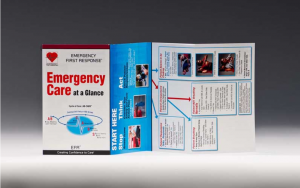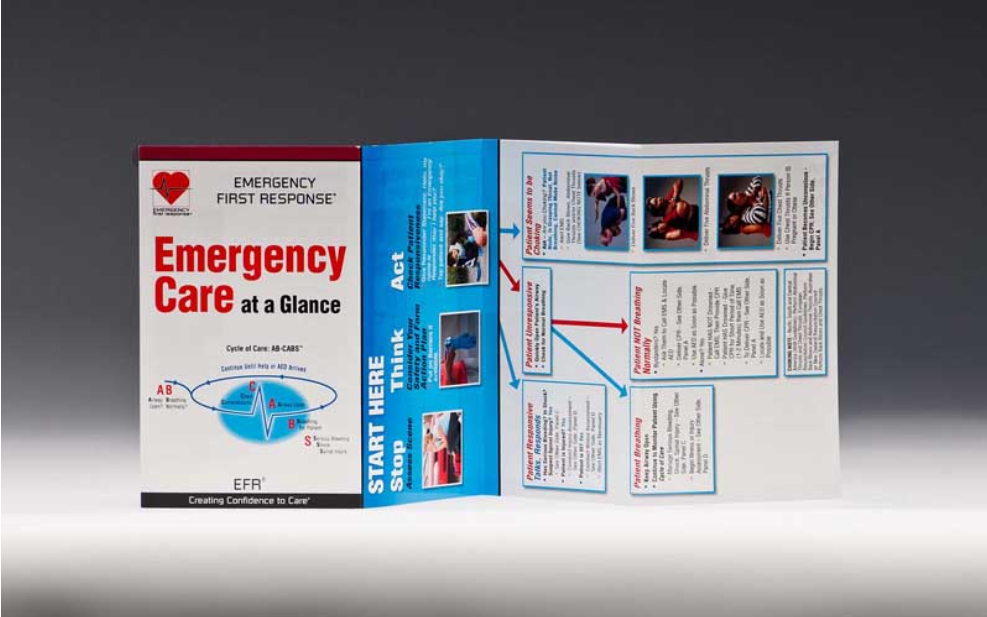An emergency can occur anytime, anywhere. In the event of a disaster:
– Are you and your family prepared to be self-sufficient for three to five days?
– Do you have a rendezvous point other than your home?
– How will you communicate without a phone or mobile device?
We asked first responders the best way to prepare for an earthquake, fire, flood, tornado, hurricane, or other disaster. Their recommendations are presented below as a series of key questions. As you answer each question, you’ll be one step closer to a disaster preparedness plan.
#1 Where Will You Go?
The family home is an obvious meeting point, but what happens if roads are blocked, bridges are out, or if an evacuation is in effect? A good emergency plan include a secondary rendezvous point. This could be the home of a friend or family member in another part of town, or a predetermined shelter location.
#2 How Will You Reconnect?
In a disaster, you may not be able to use a landline or your cell phone. Establish a communication plan if members of your family are separated.
- Long-range “walkie-talkies” might be an option if family members work or go to school within specified range of your walkie-talkies. Store the device in a backpack, car or desk drawer and ensure batteries are replaced regularly.
- Give each family member the contact information (in writing) for someone outside of the local area. This person can act as an emergency communication hub for separated family members who can’t connect locally due to a discharged cell phone or intermittent connectivity.
#3 Can You Be Self-Sufficient for 3-5 Days?
A disaster supply kit should include basic supplies for three to five days. Family members who travel more than a few miles from home each day should have an additional kit in their car or workplace. Below is a short list of basic items, for a complete list, download our Emergency Preparedness Checklist.
Non-perishable food
Water (three gallons per person per day)
Eating utensils, plates and bowls
Paper towels
Hand sanitizer
Pet food
Dust mask to help filter contaminated air and plastic sheeting and duct tape to shelter-in-place
Cash
Scissors
First aid kit
Family members’ medications (5 days worth)
Toiletries, including feminine products
Portable battery-operated AM/FM radio
Flashlights
Extra Batteries for radio and flashlights
Comfortable walking shoes
Signaling devices: flares, mirror, whistle
Sleeping bags
Copies of important family documents
– Include regionally appropriate items such as sunscreen, bug repellent, cold weather apparel.
– Store items in waterproof bags inside an easy-to-carry containers such as a plastic bin or duffle bag.
– If you can’t afford to purchase all of the items above at once, purchase a few each week until you have everything you need.
#4 Are You Prepared to Administer Basic First Aid?
Basic first aid skills are essential in a disaster situation when emergency services may be unavailable. In some scenarios, if a patient doesn’t receive care immediately, their condition will deteriorate – often rapidly.
A good first aid class will teach you how to respond to a variety of emergencies including: broken bones, burns, cuts, deep wounds, sprains and spinal injuries. When properly trained, you’ll be better-prepared to calmly and confidently handle an emergency situation.
Look for a first aid class that:
- Provides hands-on skill practice
- Teaches you simple acronyms to help you recall the steps you need to take
- Explains how to use basic household items for emergency first aid
- Includes home-study materials to refresh skills or review in an emergency
#5 How Well Does Your Plan Work?
The final, and perhaps most important step, is test your plan.This can be done one of two ways:
At minimum: bring your family together and talk through how you would handle an emergency. Discuss different scenarios (kids are at school, parents are at work). Collect all the items in your emergency supply kit and divvy them up among family members. Discuss what might be missing.
The best way to test your plan is to put it into action. Imagine your phones don’t work and there is no electricity or internet. Spend a weekend living off your emergency supply kit (replenishing items afterwards). You may decide to invest in a few headlamps in addition to flashlights, or even a camping toilet. Figure out where the shut off switches are for your house, and where you might find extra drinking water if needed.
An Emergency First Response Instructor can help you and your family get prepared. Locate an Emergency First Response course provider near you to sign up for CPR and/or First Aid Training. Our experienced instructors have helped thousands of individuals and companies get the skills the skills they need to get prepared.
Further Reading:
Emergency Kits and Disaster Preparedness – What Every Household Needs
Caring for pets during a disaster (ASPCA)
5 Reasons Why Basic First Aid Knowledge is Essential




